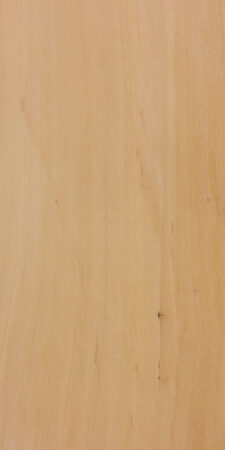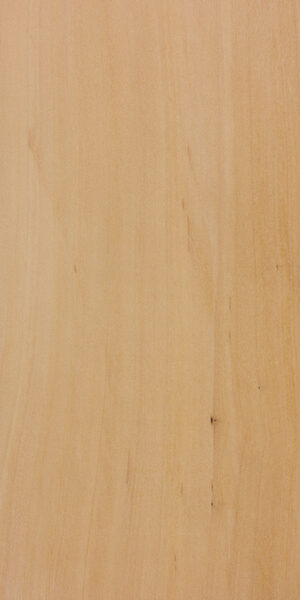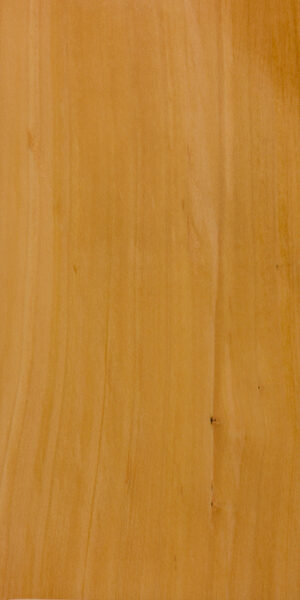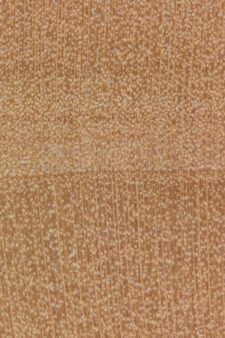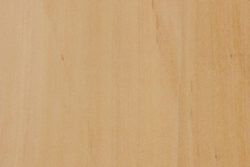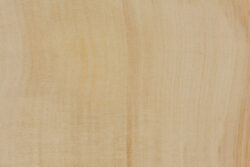Common Name(s): Tejocote, Mexican hawthorn
Scientific Name: Crataegus mexicana
Distribution: Native to mountainous regions of Mexico and Guatemala; also introduced to South America
Tree Size: 16-30 ft (5-9 m) tall,
1-2 ft (.3-.6 m) trunk diameter
Average Dried Weight: 53.9 lbs/ft3 (865 kg/m3)
Specific Gravity (Basic, 12% MC): .69, .86
Janka Hardness: 2,000 lbf (8,910 N)*
*Estimated hardness based on specific gravity
Modulus of Rupture: No data available
Elastic Modulus: 2,228,000 lbf/in2 (15.37 GPa)
Crushing Strength: No data available
Shrinkage: No data available; generally considered to have a high amount of shrinkage
Color/Appearance: Sapwood is cream colored, with highly variable heartwood (in both width and color). Heartwood ranges from being just barely darker than the sapwood, to dark reddish brown.
Grain/Texture: Grain is straight, with a fine, uniform texture and good natural luster.
Rot Resistance: As most material is composed of sapwood, hawthorn should be considered perishable, with poor insect resistance.
Workability: Generally easy to work, but can be difficult to dry, with warpage and distortion common. However, the wood is somewhat more stable once dry.
Odor: No characteristic odor.
Allergies/Toxicity: Besides the standard health risks associated with any type of wood dust, no further health reactions have been associated with tejocote. See the articles Wood Allergies and Toxicity and Wood Dust Safety for more information.
Pricing/Availability: Usually only a shrub or small tree, tejocote is not a commercial timber. Generally the tree is valued more for its fruit than its wood, so availability should be very limited.
Sustainability: This wood species is not listed in the CITES Appendices or on the IUCN Red List of Threatened Species.
Common Uses: Turned objects, carving, and other small specialty wood items.
Comments: Tejocote is known much more for its fruit than its wood. The tree bears small, crabapple-like fruit that’s popular throughout its natural region.
Images: Drag the slider up/down to toggle between raw and finished wood.
There are currently no pictures of this exact wood species, but a similar species within the Crataegus genus is being substituted (C. x media). If you’d like to contribute a wood sample for this webpage, please see the contact form for donating wood samples.
Identification: See the article on Hardwood Anatomy for definitions of endgrain features.
Porosity: diffuse porous; however, growth rings are usually visible due to an absence of pores at annual boundaries
Arrangement: exclusively solitary
Vessels: small, very numerous
Parenchyma: no visible parenchyma at 10x magnification
Rays: narrow; close spacing
Lookalikes/Substitutes: None.
Notes: The Crataegus genus is somewhat convoluted and confused, with over a thousand synonyms or varieties that are no longer recognized as valid. Separating different species of hawthorn generally cannot be done reliably using wood anatomy alone.
Related Content:

